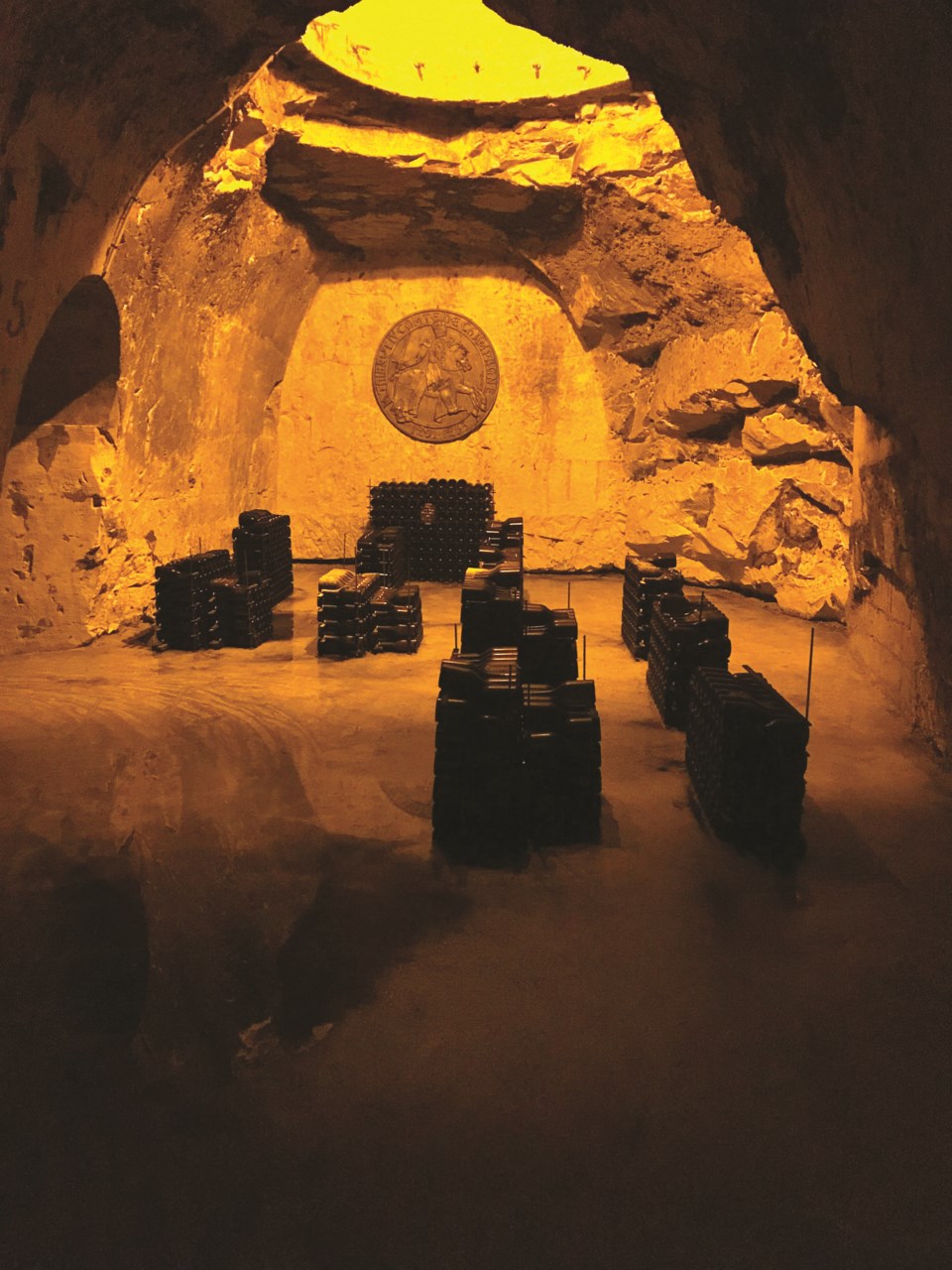It’s that exciting time of year when we get to kick 2020 to the curb and, if we’re lucky, ring in the new year in (physically distanced) style.
For much of the Western world, that means popping a little bit of the bubbly, a New Year’s Eve tradition so entrenched that most people don’t even question it. But have you ever wondered why champagne has become so synonymous not just with the new year, but some of life’s most significant milestones?
Well, like Versailles, puffy shirts and a horrific legacy of slavery, we (mostly) have the French Monarchy to thank for that.
A drink for royalty
“In the old days, when it first came out, it was really a drink of the royalty and I think that’s probably where the perception of what the wine is came from,” explained Jason Kawaguchi, the wine director and restaurant manager for Araxi in Whistler. “The royalty was drinking it so it must be really great.”
Although still wines from the Champagne region of France have been around for hundreds of years, it wasn’t until the 16th century that the sparkling version appeared. Many erroneously attribute the creation of champagne as we know it to Dom Pérignon, the Benedictine monk who today has a popular champagne named after him, and although he was instrumental in the drink’s development, the oldest recorded sparkling wine actually appeared decades before he was born.
It was also during the 16th century that champagne began to earn its lavish reputation, thanks to aristocrats imbibing the bubbly at royal parties across Europe. By the 1600s, King Louis XIV counted it as his drink of choice, conferring champagne as a status symbol that it still enjoys today, except dainty French monarchs in powdered wigs have been replaced with platinum-clad rappers spraying models with the stuff in countless music videos.
Still, that doesn’t explain how champagne became so closely linked to new year’s celebrations. According to Kolleen M. Guy, history professor at the University of Texas at San Antonio and author of When Champagne Became French, the drink became increasingly associated with secular rituals after the French Revolution.
“You could ‘christen a ship’ without a priest, for example, by using the ‘holy water’ of champagne,” she said in a 2010 interview with Live Science.
As production methods were streamlined, all of a sudden the steep price of champagne came down enough that it was accessible to the middle class—at least for special occasions. Add in the fact that nobody can resist bubbles, and by the 19th century, champagne’s place as the world’s go-to choice for joyous occasions was cemented.
“In a secular society, we want to mark both the joy and sanctity of the occasion,” Guy said. “Champagne does this symbolically, but also visually, since it overflows in abundance and joy.”
What makes champagne more prestigious than other forms of bubbly?
It’s perhaps because most of us only drink champagne to mark these rare, momentous occasions that it remains widely misunderstood, at least compared to traditional wines.
“Most people will come and say they’d like a really nice bottle of champagne, we’re celebrating, and they really have no reference point as to what they want. Although with other wines … they have a lot of reference points in terms of what they like and don’t like,” Kawaguchi said. “Most people don’t understand there’s that much difference in champagne.”
Add to that the canny marketing brands like Moët & Chandon (makers of Dom Pérignon) and Veuve Clicquot have spent years investing in, and often champagne drinkers only have a few broad associations to work off of.
“There’s lots of different levels of it,” Kawaguchi said. “You’ve got your basic champagne and then you’ve got these prestige champagnes, like Dom Pérignon, Louis Roederer, Cristal, the Ace of Spades—all the ones that are in the rap videos but represent a small portion of the champagne made in the world.”
Because of that, champagne can come with a bit of a learning curve, and that’s why the light, approachable sweetness of its affordable cousin, Prosecco, is such a popular gateway to more complex forms of bubbly. (In case you’re wondering, Prosecco differs from champagne not only in the grapes used, but how it’s produced; champagne is much more intensive and ferments in the bottle, while the cheaper and less time-consuming method of making Prosecco sees it fermented in an autoclave tank.)
“I think for most sommeliers and people that drink a lot of champagne, your taste evolves over time and you look for something that has more complexity to it, deeper levels or different levels of flavour,” Kawaguchi noted. “You don’t start with Krug, a very complex, full bodied champ, you start with something that’s easier to get into, and that’s why Prosecco is so popular.”




